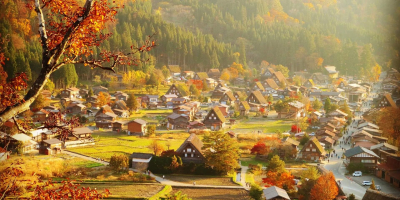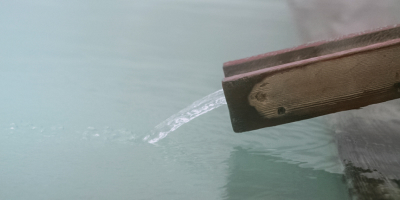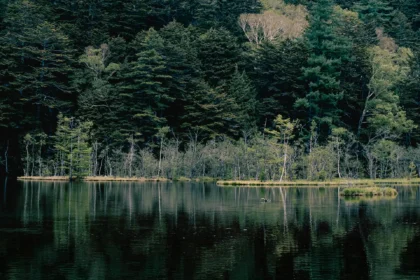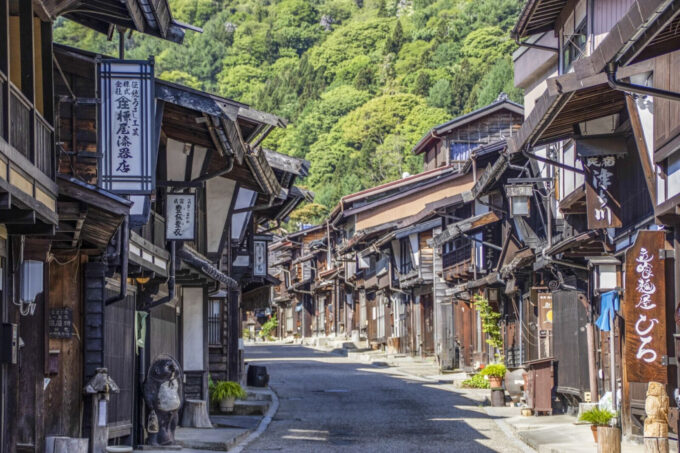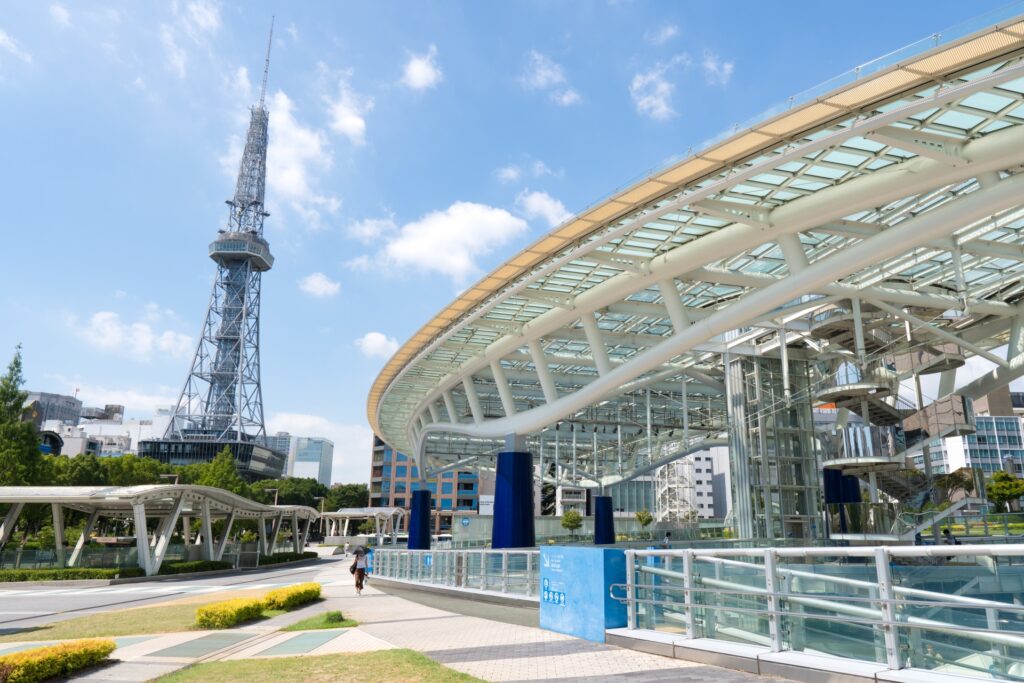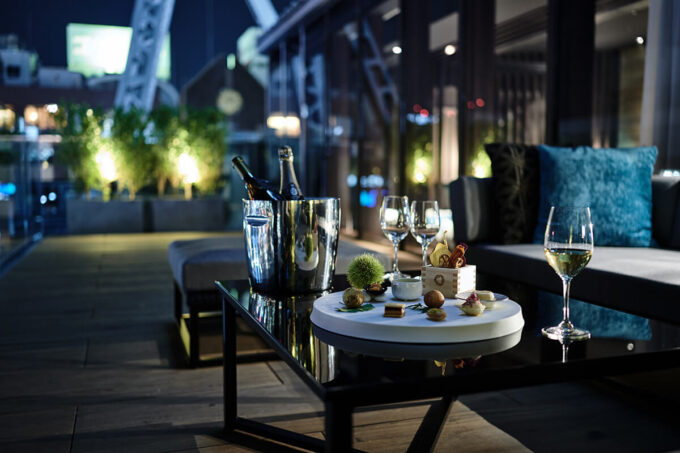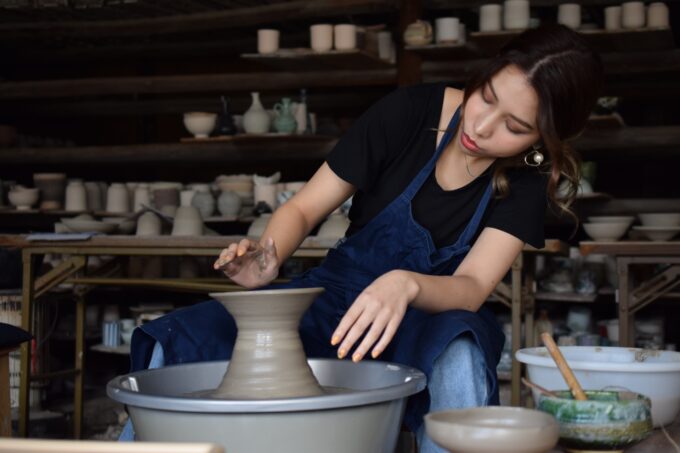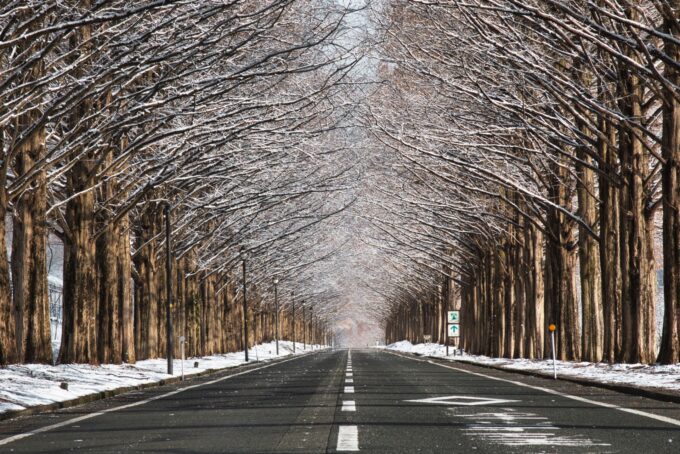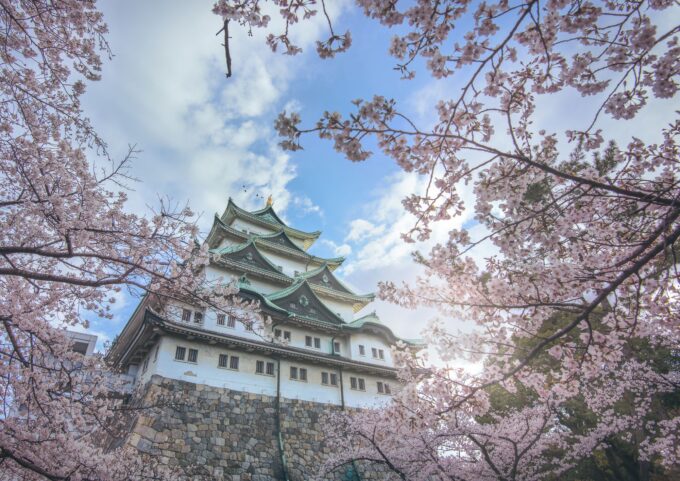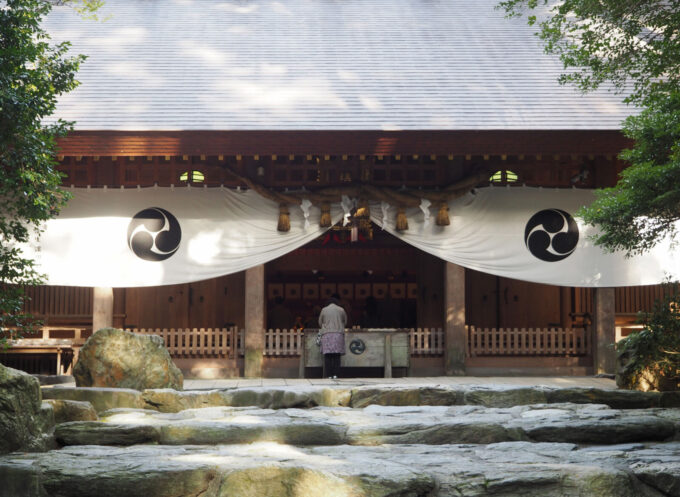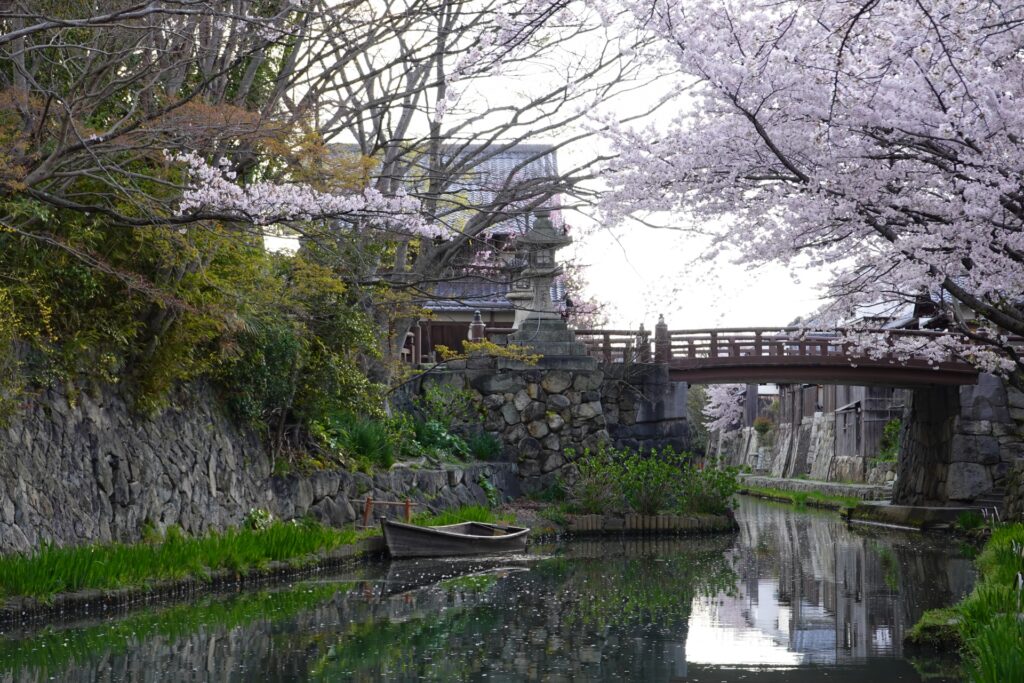
Tucked along the shores of Lake Biwa in Shiga Prefecture lies the historic town of Omi Hachiman, a rare example of a Japanese castle town that transitioned into a prosperous merchant hub and preserved its rich cultural and architectural heritage.
With its network of Edo-era canals, beautifully preserved merchant homes, and a long-standing legacy of Omi merchants and Western-Japanese architectural fusion, Omi Hachiman offers visitors a living museum of history, commerce, and community pride.
A Brief History of Omihachiman
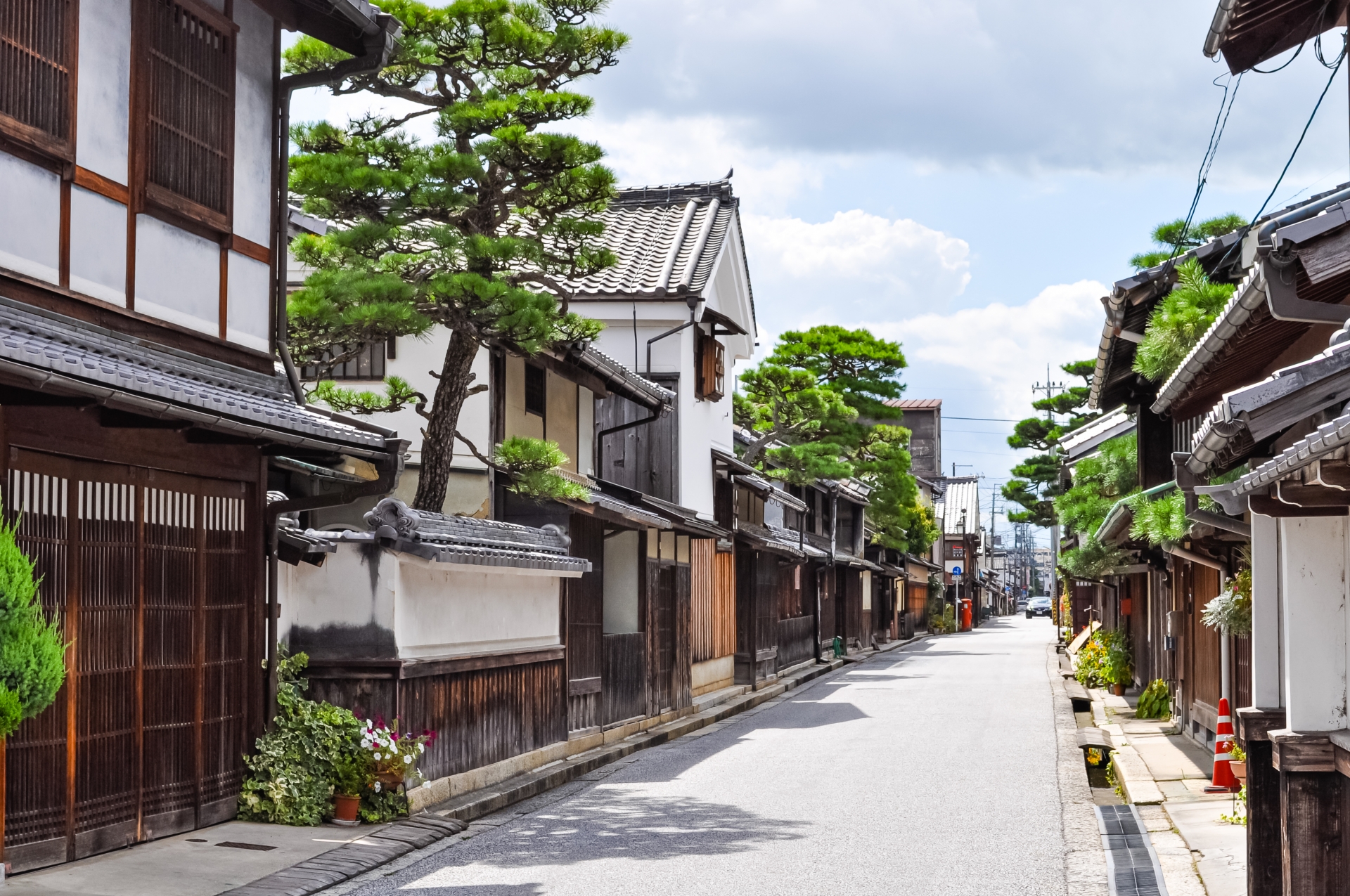
- Founded in 1585 by Toyotomi Hidetsugu under orders from his uncle, Toyotomi Hideyoshi
- Developed as a commercial center following the abandonment of nearby Azuchi Castle
- Became a toll- and regulation-free merchant town, encouraging growth and prosperity
- Hachimanbori Moat constructed to facilitate both defense and trade
- Survived the Meiji Restoration due to local effort and geographical importance
Though originally built as a strategic castle town under Hidetsugu, nephew of Toyotomi Hideyoshi, Omi Hachiman’s true legacy was forged through commerce, not conquest. After Hachimanyama Castle was abandoned in 1595, the town evolved into a thriving center of trade thanks to its access to Lake Biwa and its location along the Nakasendo Road.
Local merchants—known as Omi shonin (Omi merchants)—spread their goods and principles across Japan, helping transform Omi Hachiman into a nationally significant economic hub.
Hachimanbori Moat: "The Venice of Japan"
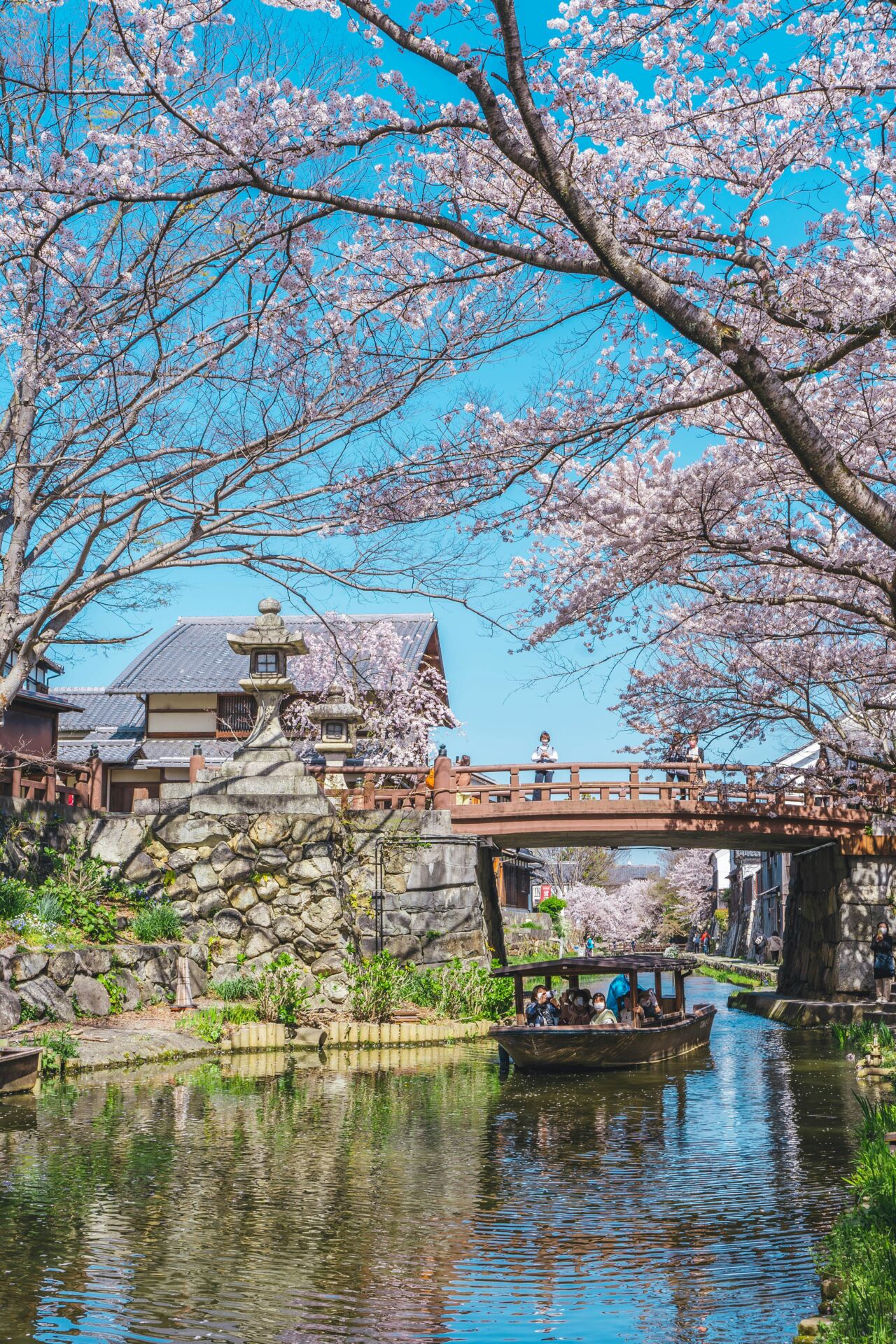
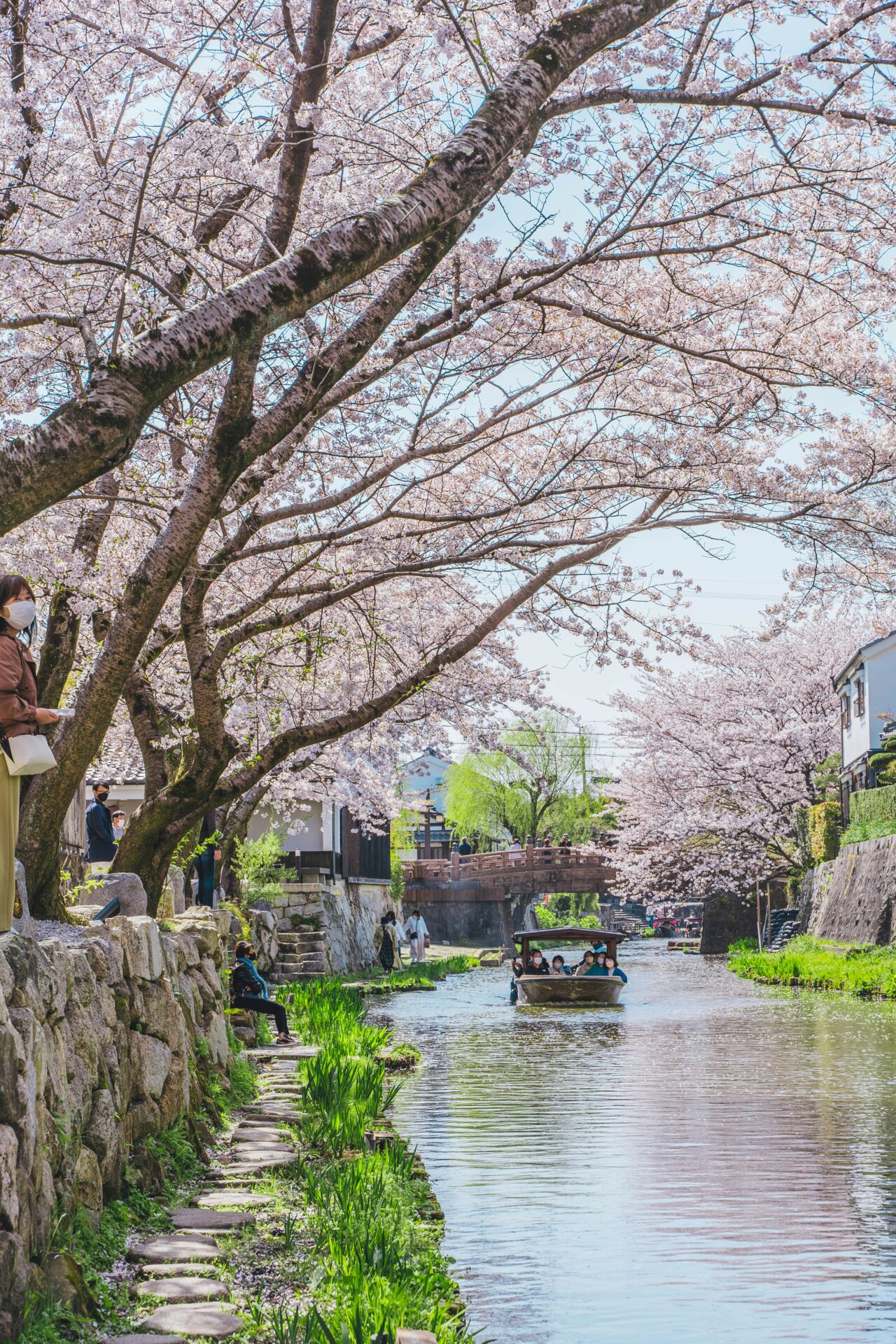
The Hachimanbori Moat, a 4.7 km-long artificial canal, remains the beating heart of the town. Lined with white-walled storehouses, merchant residences, and charming wooden bridges, the canal served a dual purpose as both a defensive barrier for the now-vanished Hachimanyama Castle and a trade route connecting the town to Lake Biwa and beyond.
- Built: Late 16th century
- Length: Approx. 4.7 km
- Function: Defense, transportation, and commerce
- Today: A highlight of the town’s preservation district; scenic boat cruises available
Thanks to community activism in the 20th century, the canal was saved from being filled in and is now part of the Omi Hachiman Important Preservation District for Traditional Buildings.
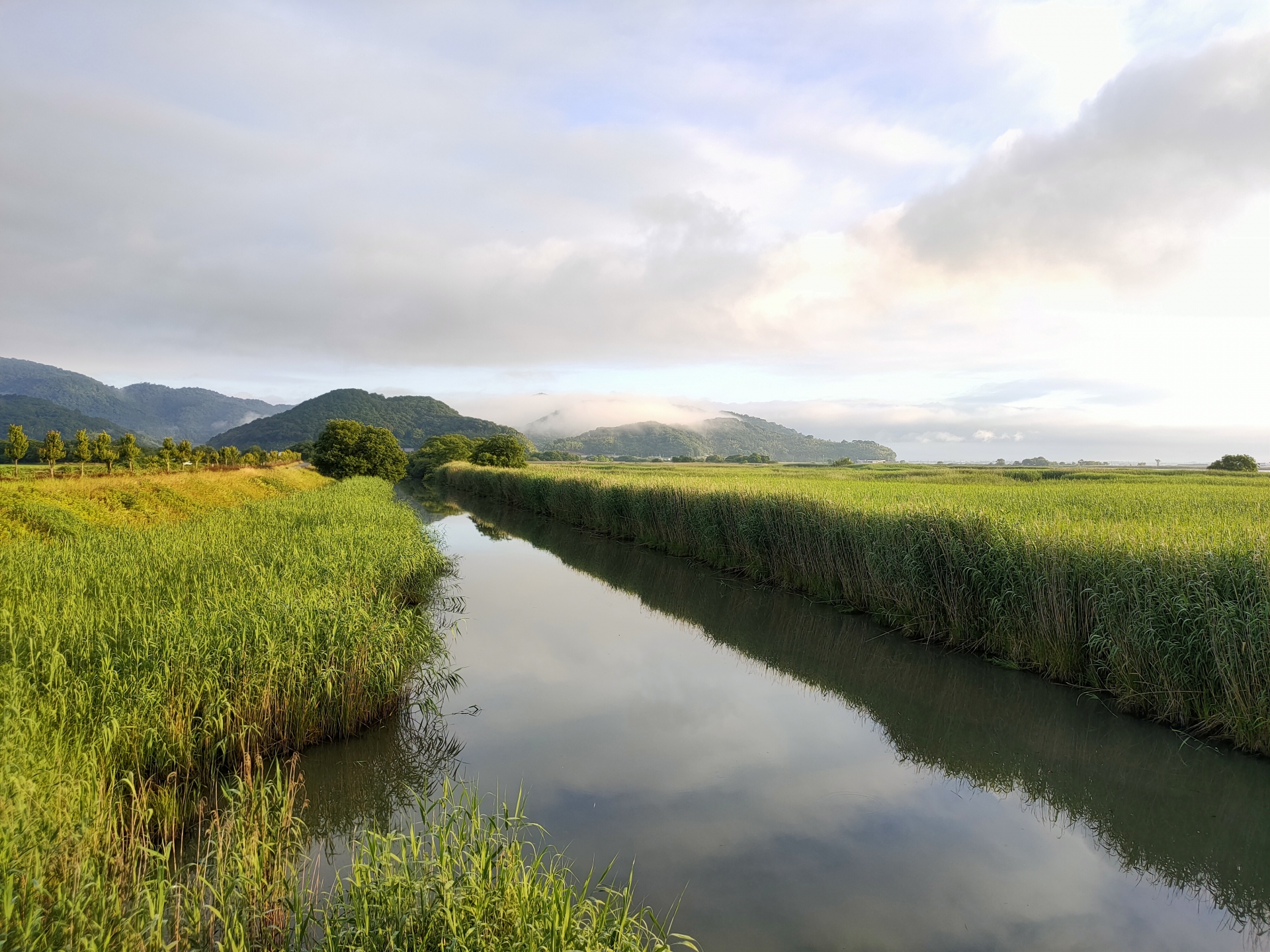
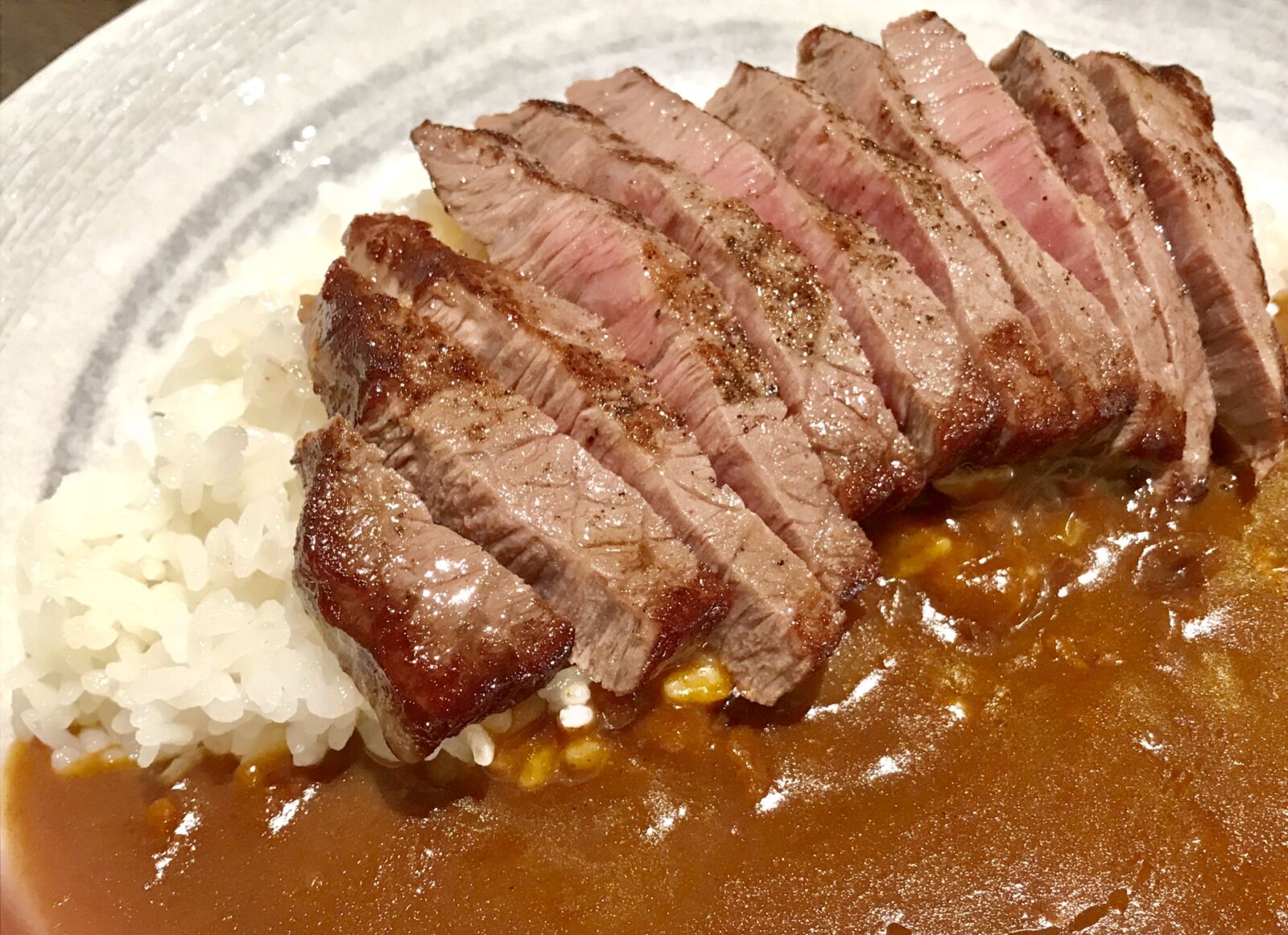
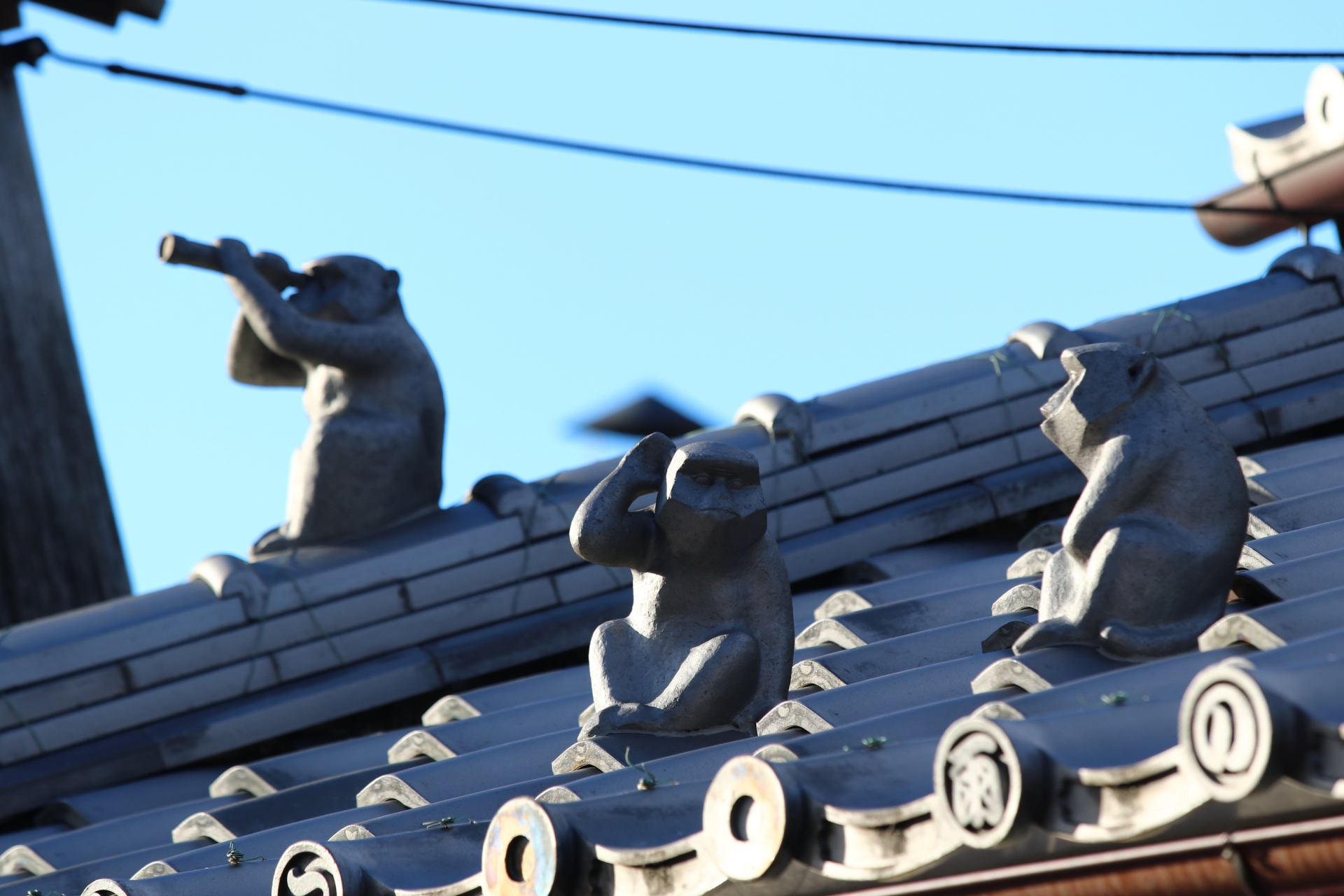
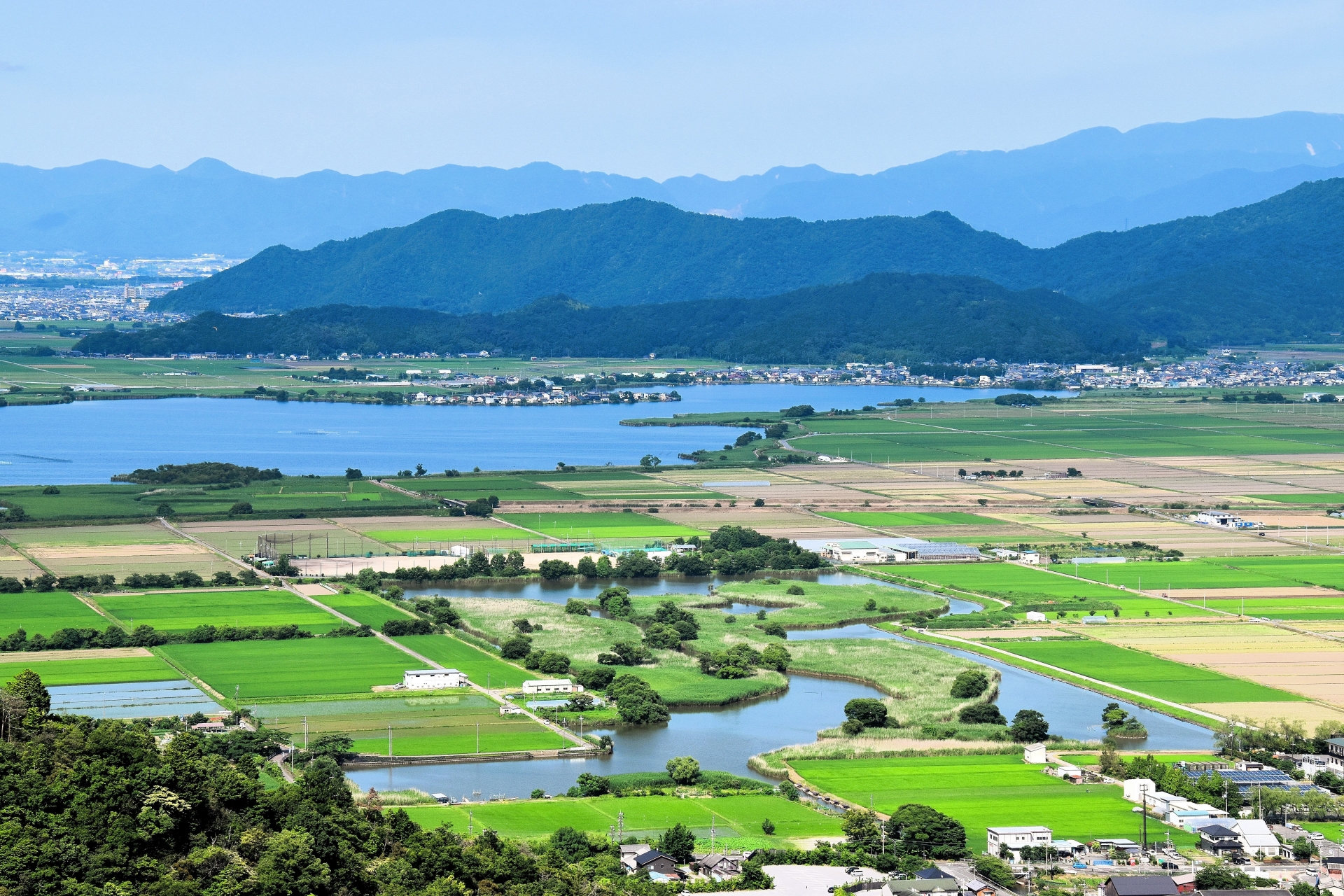
Today, visitors can take a cruise through the merchant town and see the Edo-Era constructions just as they would have looked some 400 years ago. The town is particularly beautiful in spring as the cherry blossoms frame the bridges and canals throughout the city. Movie lovers may find the sights familiar as this location is often used in historical dramas and films.
The region is also well known for Omi-beef—one of the most highly regarded and the oldest brand of wagyu in Japan, as well as kawara roof tiles—decorative roof tiles often depicting the face of an ogre or lion seen across Japan.
Frequently Asked Questions (FAQ)
What is Omihachiman best known for?
Its preserved Edo-era canal townscape, the legacy of the Omi merchants, and the influence of architect William Merrell Vories.
Can you take a boat ride in the Hachimanbori Canal?
Yes. Traditional-style boat cruises are available and highly recommended for experiencing the historic canal district. A cruise along the canal is included on our 1-Day Tour from Nagoya: Castles and Canals in Hikone and Omi Hachiman.
When is the best time to visit Omi Hachiman?
Spring (for cherry blossoms along the canals) and autumn (for foliage) are ideal. Summer is also popular for boat rides.
Are there English-speaking tours available?
Yes! We at Snow Monkey Resorts are proud to offer English guided tours of Omi Hachiman.
Recommended Tour: Snow Monkey Resort's 1-Day Tour from Nagoya: Castles and Canals in Hikone and Omi Hachiman will take you to two castle towns, Hikone, with one of the oldest castles in Japan, and Omi Hachiman, known for its charming canals. Taste Matcha, relax in peaceful gardens, and soak in the scenery as you are led by your experienced, English-speaking guide through this picturesque region of Japan.
How do I get to Omi Hachiman?
From Nagoya Station, take the Tokaido-Sanyo Shinkansen to Maibara Station, then transfer to the Tokaido-Sanyo Line bound for Omi Hachiman Station. Total travel time: ~90 minutes / 4270JPY
Of course, we also offer private tours and transport in and around the Nagoya area, and other regional destinations. We can also arrange for both custom tours with an English-speaking guide or a private charter.
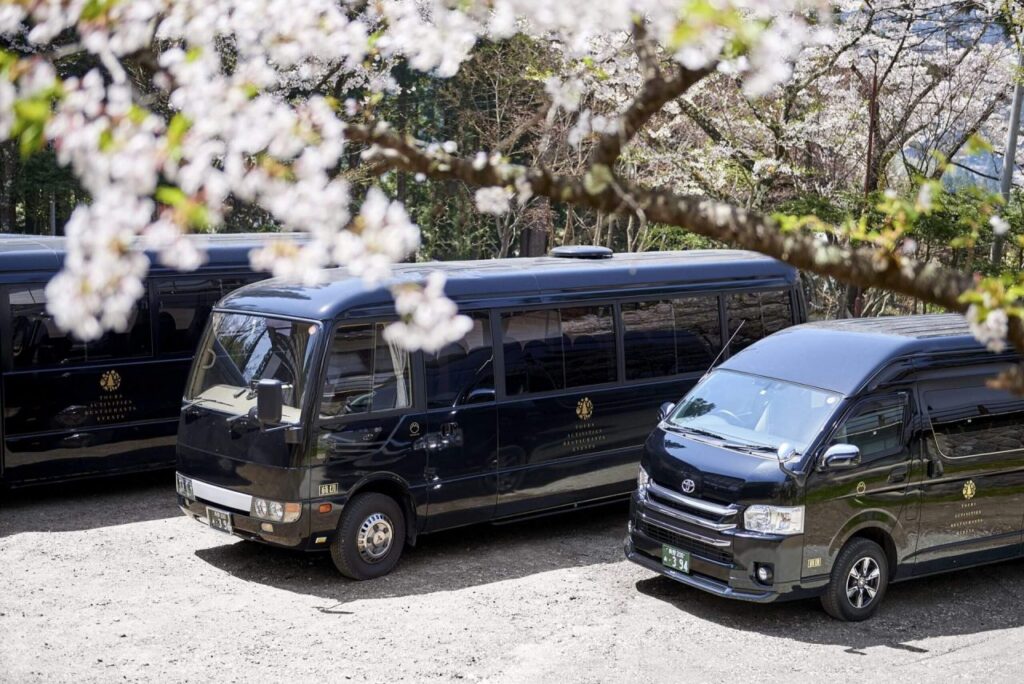
Our drivers and vehicles are fully certified, allowing us to transport you to and from your preferred destinations in combination with any activity that suits your schedule. All vehicles are well-maintained and in good condition, allowing you to relax and enjoy your ride to wherever you are going.
With door-to-door service, we can pick you up from where you are and take you to where you want to go anywhere in Central Japan and the neighboring regions.
For more information, please check our standard charter rates or contact us for a custom trip. We’d love to be part of your adventure in Central Japan and help you discover even more!






